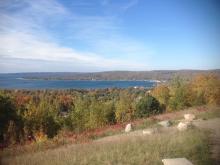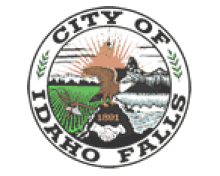“Holy Cat Biscuits!” — Largest Electric Co-op in Michigan Is Building a Gig Network for Its Members
Great Lakes Energy (GLE), Michigan’s largest electric cooperative and third largest energy utility, is constructing a Fiber-to-the-Home (FTTH) network to bring gigabit connectivity to its 125,000 members. Construction in the project’s pilot area is underway. Eligible members may be able to subscribe to services from the co-op’s subsidiary Truestream as soon as the end of the year.
Truestream Off to A Quick Start
GLE shared on its website that the co-op decided to build the Truestream network because members expressed a need for better connectivity in rural Michigan.
At the end of 2017, the co-op’s Board of Directors approved the planned fiber project. Board approval came after three feasibility studies, commissioned by GLE and its power supplier, Wolverine Power Cooperative, concluded that a broadband network would be a responsible investment for the co-op. Bill Scott, President and CEO of GLE, wrote in Michigan Country Lines that this conclusion was “based in part on GLE’s very positive satisfaction rating… [and] on surveys done by GLE and Wolverine that show a high demand for high-speed, reasonably priced, Internet service.”
GLE began constructing the first portion of the Truestream network earlier this year. For the initial pilot, the co-op is focusing on the Petoskey service district, which includes Emmet County and parts of Charlevoix and Cheboygan Counties. An online FAQ explains this region was selected because it’s representative of the varying terrain, density, level of connectivity, and type of membership found throughout GLE’s service territory. Some homes could be online by the end of 2018.




